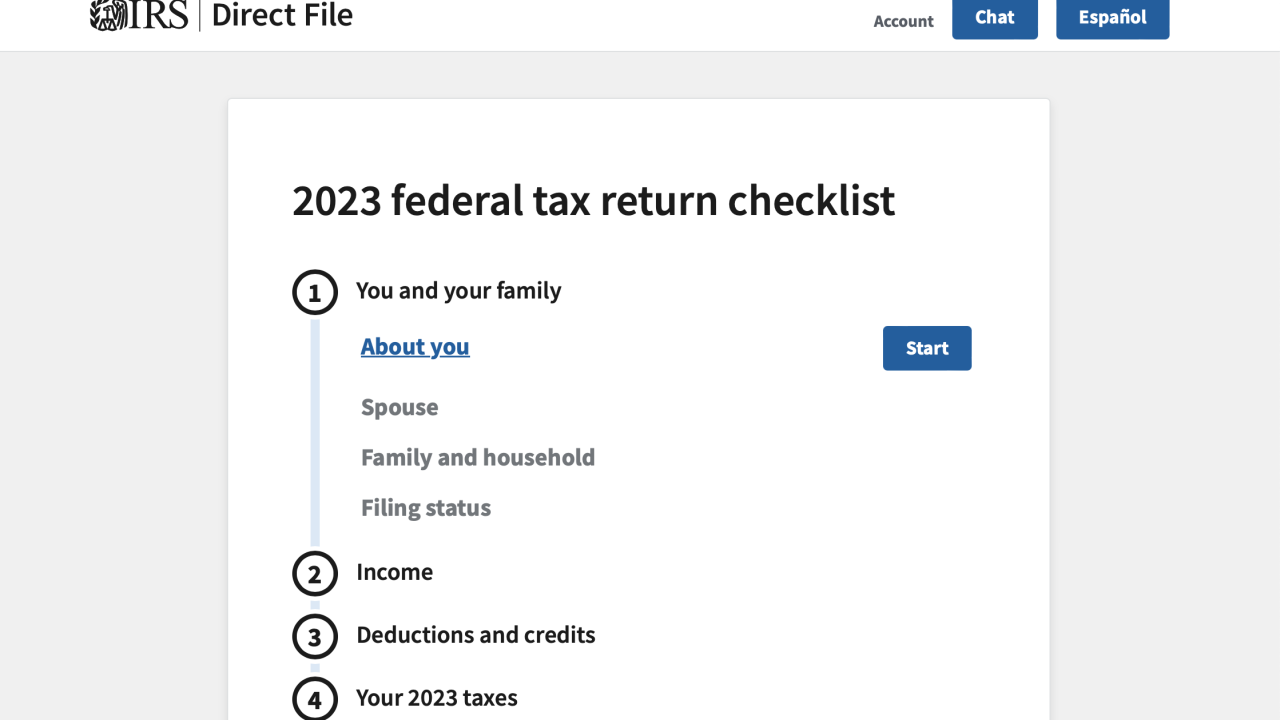U.S. government contracts account for over
Understanding and adhering to the diverse yet interconnected government requirements and regulations is not just about fulfilling a contractual obligation, but is central to maintaining the integrity and credibility of government contracting.
For government contractors, meticulous timekeeping is not just a practice but a mandate, governed by a complex web of regulations and guidelines. By delving deeply into each of these requirements and providing a detailed analysis and guidance on compliance, a comprehensive framework emerges, ensuring contractors' compliance with federal standards and enhancing the transparency and accountability of government-funded projects.
The multifaceted requirements of timekeeping for government contractors is detailed in key documents, such as the
At the heart of these requirements lies the necessity for precise and daily recording of labor hours. This foundational aspect, outlined by the CAM and
Equally critical is the implementation of robust work authorizations. These authorizations, including specific identifiers and detailed descriptions, must be clearly communicated to employees. This practice not only aligns with DCAA guidelines, but also establishes a clear linkage between the employee's work and specific contract objectives, enhancing the traceability and accountability of labor charges.
The system's integrity is further reinforced through strict authentication measures for timesheet access. As per CAM guidelines, each timesheet must be uniquely linked to an individual employee, prohibiting shared access and ensuring the recorded time is reliably attributable to the correct person.
Changes to time entries are inevitable, yet they must be managed with a rigorous audit trail. This audit trail, as described by the CAM and DCAA Info, must capture all initial entries, subsequent changes and include detailed justifications for each alteration. This level of scrutiny ensures any modifications to time records are transparent, verifiable and justifiable.
Employee certification and supervisor approval processes are pivotal in this ecosystem. Employees are required to certify their timesheets accurately reflect the hours worked, aligning with the CAM and DCAA Info directives. Similarly, supervisor oversight is a critical check in the process, ensuring the timesheets are thoroughly reviewed and cosigned, adding an extra layer of verification.
In scenarios where employees are absent or travelling, the guidelines provide clear directives for timesheet preparation and subsequent verification upon the employee's return. This aspect underscores the system's flexibility, while maintaining its rigor.
The integration of timekeeping data with the general ledger, as stipulated by DFARS and the Standard Form 1408 Preaward Survey, ensures a seamless flow of information from time recording to financial reporting. This integration is vital for maintaining accurate and current project cost records, facilitating timely and accurate billing and financial management.
The system must also be equipped to withstand DCAA floor checks, demonstrating that time is charged appropriately, and adjusted entries are well-documented and approved, as outlined in DFARS. This readiness for audit and inspection is a testament to the system's robustness and compliance orientation.
Finally, record retention policies, as detailed in FAR, dictate the preservation of payroll-related records both during and after the completion of work. This practice not only serves as a historical record, but also as a crucial resource for audits and reviews.
Here are the specific practices that underpin timekeeping compliance and accountability in government contracting:
- Timekeeping mandate;
- Work authorizations;
- Authentication and timesheet integrity;
- Daily recording of labor;
- Audit trails for time entries
- Employee certification and supervisor approval;
- Supervisor completion of timesheets;
- General ledger integration;
- DCAA floor checks;
- Record retention policies;
- Direct and indirect cost segregation; and,
- Cost accounting and unallowable costs.
Government contracting timekeeping demands meticulous adherence to regulations and practices outlined in this guide. From work authorizations and authentication measures to audit trails, each component ensures compliance and accountability. Embracing these practices is essential for contractors to comply with federal standards and to be paid for their work. In this regulated environment, mastering timekeeping is fundamental for success.





